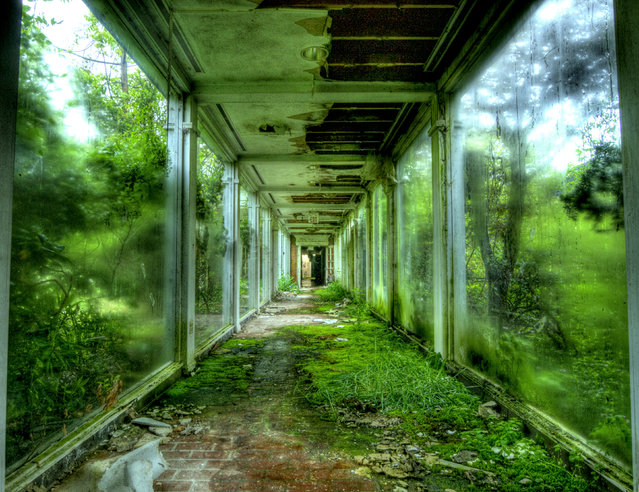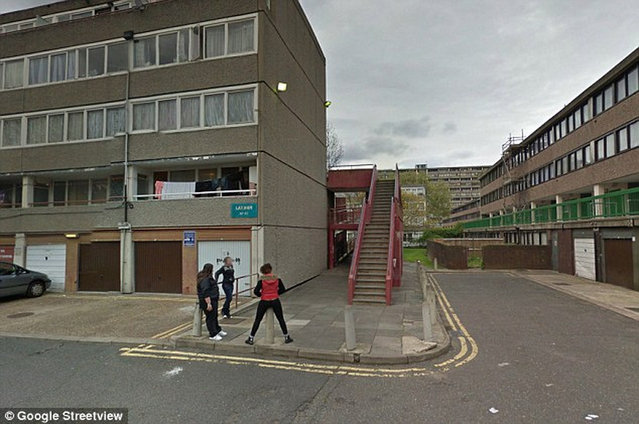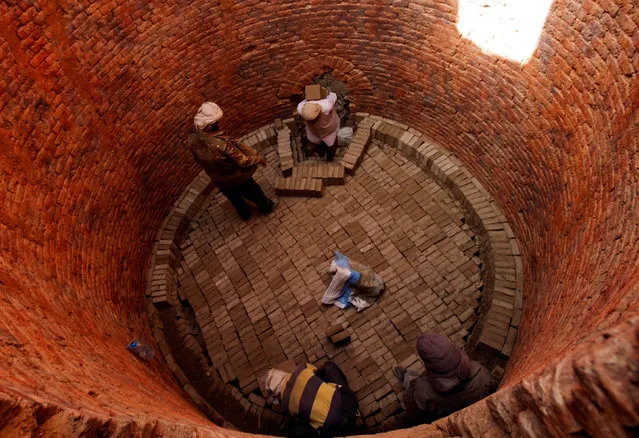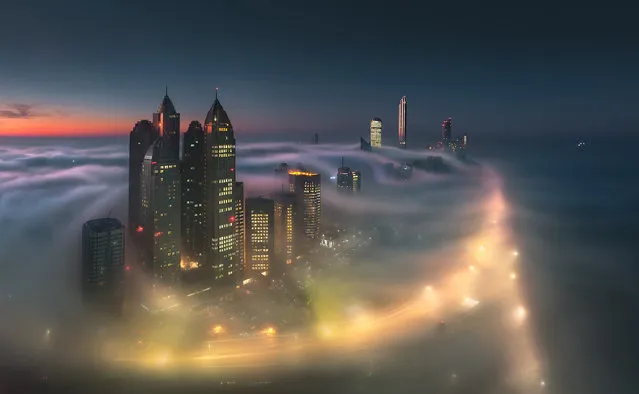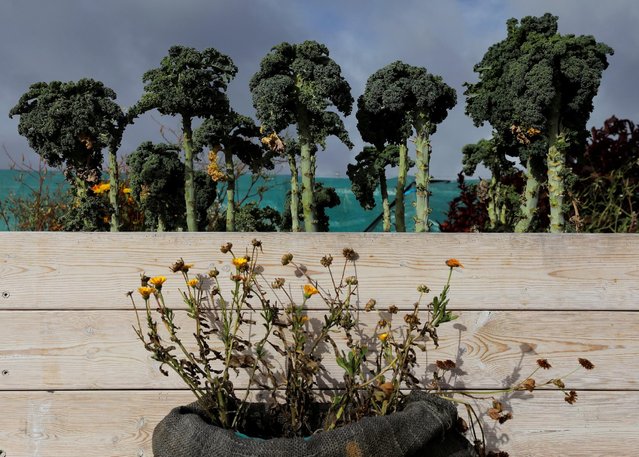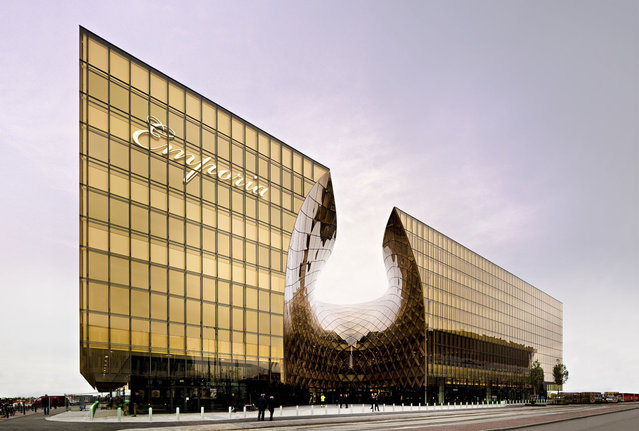
Modern architecture is nothing short of a miracle. For example, the mind-boggling skyscrapers of Dubai would dumbfound anyone who is lucky enough to witness them in real life. Nevertheless, there are some modern buildings that are not as grand as the Burj Khalifa or Princess Tower, but are still wondrous to look at. Emporia Shopping Centre, located in Malmo, Sweden, is one of those places. The architect who designed this building is named Gert Wingardh. Emporia Shopping Centre was built to look as if its center was melted through by an inferno, leaving behind a giant molten block of gold.
27 Jan 2015 11:23:00,post received
0 comments

